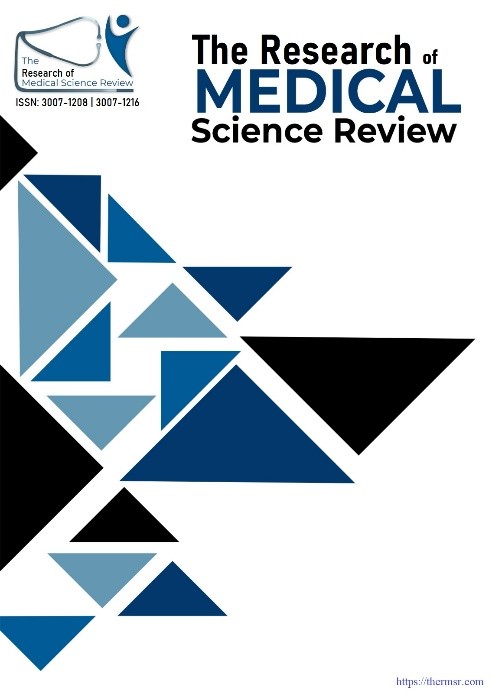PATTERN OF UTERINE AND TUBAL ABNORMALITIES IN INFERTILE WOMEN ON HYSTEROSALPINGOGRAPHY
Main Article Content
Abstract
OBJECTIVES: To determine the pattern of uterine and tubal abnormalities in infertile women undergoing hysterosalpingography.
STUDY SETTINGS: Alnoor Diagnostic Centre, Lahore. Duration of Study: (Feb to May, 2025).
DATA COLLECTION: This descriptive cross-sectional study enrolled 280 women aged 20–40 years presenting with primary or secondary infertility for at least 12 months. HSG was performed between days 7–12 of the menstrual cycle using a standardized protocol. Findings were categorized as normal or pathological (tubal blockages, hydrosalpinx, fibroids, adenomyosis, congenital anomalies).
RESULTS: Normal HSG findings were observed in 80% of patients. Tubal blockage was found in 13.2% (right 7.9%, left 4.6%, bilateral 0.7%), hydrosalpinx in 13.6%, fibroids in 16.1%, adenomyosis in 1.4%, and congenital uterine anomalies in 1.8%. Significant associations were noted between age and fibroids (p = 0.001), adenomyosis (p = 0.026), and between type of infertility and fibroids (p = 0.000).
CONCLUSION: A considerable number of infertile women exhibit structural abnormalities detectable by HSG. Fibroids and tubal pathologies were among the most common abnormalities, especially in older women and those with secondary infertility. HSG remains a valuable initial tool in the diagnostic workup for female infertility.
Downloads
Article Details
Section

This work is licensed under a Creative Commons Attribution-NonCommercial-NoDerivatives 4.0 International License.
